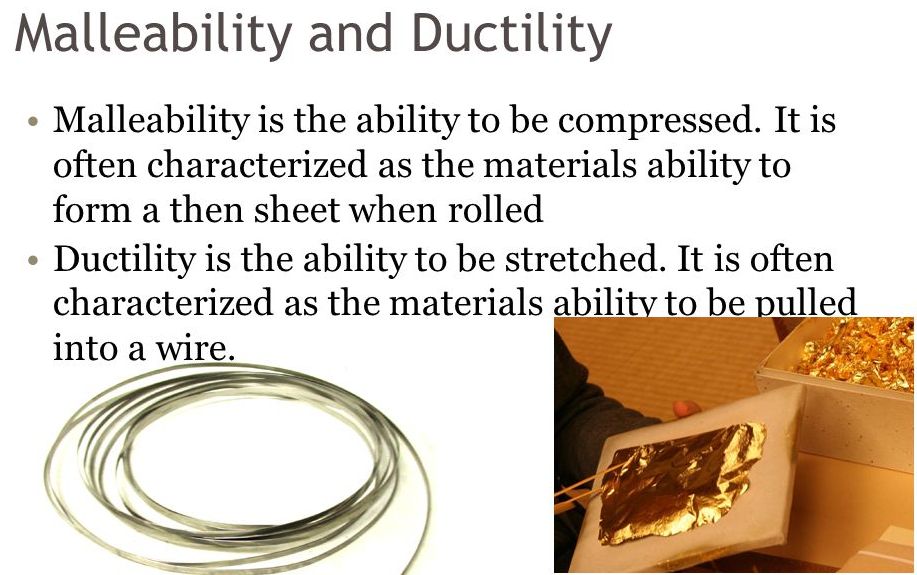38) The least count of steel rule is
0.5 mm

Related ISRO Technician-B Fitter Question Paper - 2015 (Set - 1) with Answer Key
118 degree
For general purpose use point angle of twist drill is 118 Degree.

to be drawn into thin wire
Mechanical properties are properties that are associated with the ability of a metal to resist loads. They heavily influence the characteristics of a metal.
The following are some of the important mechanical properties of a metal:
Elasticity
Plasticity
Ductility
Toughness
Malleability
Strength
Stiffness
Creep
Resilience
Hardness
Elasticity:
Whenever an external force is applied on a metal, it deforms. Elasticity is the property by virtue of which a metal regains its original shape when the external force applied on it is removed.
Plasticity:
Plasticity is the property by which a metal retains its deformation permanently, when the external force applied on it is removed.
Examples: forming, forging, hammering
Ductility:
Ductility is the property by which a metal can be drawn into thin wires. It is determined by percentage elongation and percentage reduction in area of a metal.
Toughness:
When a huge external force is applied on a metal, the metal will experience fracture. Toughness is the ability of a metal to resist fracture.
Malleability:
It is the property by which a metal can be rolled into thin sheets. Highly malleable metals (like Mild Steel) are extensively used in making sheet metals.
Strength:
When external forces are applied on a metal, breaking (brittle metal) or yielding (ductile metal) may occur. Strength is the property of a metal by which it resists external force without breaking or yielding.
Stiffness:
When an external force is applied on a metal, it develops an internal resistance. The internal resistance developed per unit area is called stress. Stiffness is the ability of a metal to resist deformation under stress.
Creep:
When a metal is subjected to a constant load (below its yield point), at high temperature, for a prolonged period of time, it undergoes a permanent deformation. This tendency of the metal is called creep.
Resilience:
Resilience is the ability of a metal to absorb energy and resist soft and impact load.
Hardness:
Hardness is the ability of a metal to resist permanent change of shape caused by an external force.
